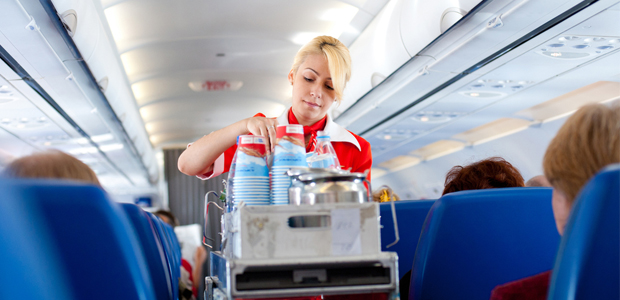
New Study Looks at Health Hazards, Link to Miscarriages for Flight Attendants
The study found that high physical job demands and exposure to cosmic radiation are a few of the factors that put flight attendants at risk for miscarriage.
NIOSH announced that a study published in the journal Epidemiology found that working during normal sleep hours, high physical job demands, and exposure to cosmic radiation may put pregnant flight attendants at higher risk for miscarriage.
"What's notable about our study is this was the first time each flight worked by a flight attendant was examined for potential reproductive health hazards," said lead investigator Barbara Grajewski, Ph.D. "This gives us a much more specific estimate of the exposures these workers face on the job every day."
For this study, investigators analyzed 840 pregnancies among 673 female flight attendants and examined company records of 2 million single flights flown by these women. From these data, researchers estimated a marker of circadian disruption—working during normal sleeping hours—and exposure to cosmic and solar particle event radiation for each flight, and assessed the physical demands of the job.
From a questionnaire administered to the flight attendants, researchers found that early miscarriage was about two times as likely for a pregnant flight attendant with high physical job demands, compared to those without high physical job demands. High physical job demands included standing and walking for more than eight hours a day and bending at the waist more than 25 times a day.
"Our study shows that flight crew exposures are unique; exposure to cosmic radiation and circadian disruption are linked very closely on many flights," said Grajewski. "This is the first study that has separated these two exposures to determine which is potentially linked to miscarriage. This information supports the need for clearer guidelines and additional research on potential reproductive risks for flight attendants."